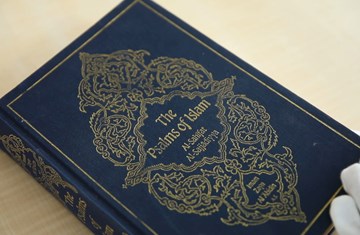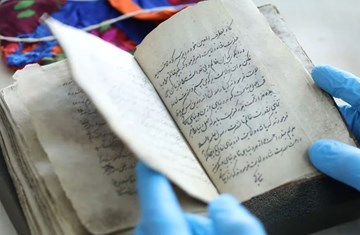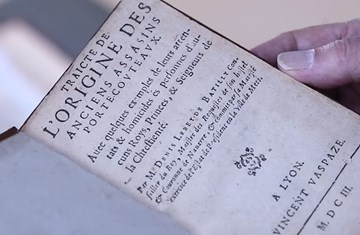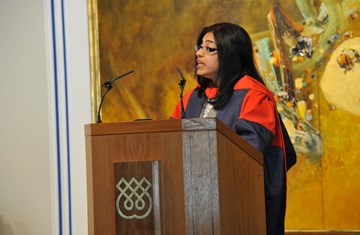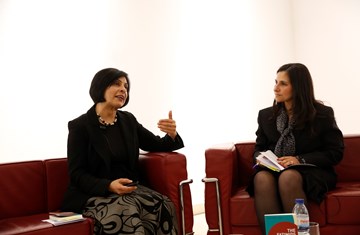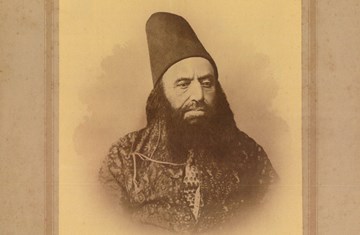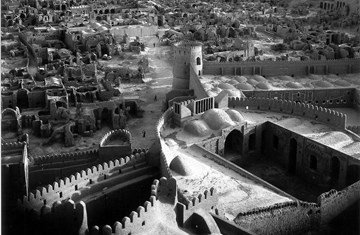Sana'a Palimpsest and the Early Manuscripts of the Qur'an
This short video introduces one of the oldest manuscripts of the Qur’an, the Sana‘a Palimpsest, dating back to the 1st-2nd century AH / 7th century CE.
The manuscript was discovered in Yemen, during the 1972 restoration of the Great Mosque of Sana'a. The manuscript has 38 leaves on which two superimposed Qur’anic texts are written. The lower text dates back to the 7th century CE, and was subsequently erased for a second text of the Qur’an to be written on it around the 8th century CE. The two layers were photographically separated by a French–Italian scientific mission in 2007 enabling a study showing that both the Qur’anic texts are fragmentary and present aspects of work in progress, with incomplete decorative elements in the upper text and in the lower text an early reading instruction being rendered visible.
In 2017, IIS published The Sana‘a Palimpsest: The Transmission of the Qur’an in the first centuries AH presenting a new annotated edition of the two layers of the Sana‘a Palimpsest (Manuscript 0127-1 from Dar al-Makhtutat, Sana‘a). The author, Dr Asma Hilali, provides a comprehensive introduction to the Sana‘a Palimpsest, with systematic reference to previous studies and partial editions of the same manuscript. Based on her own decade-long study of the Sana‘a Palimpsest, she presents a new hypothesis regarding the context of transmission for the texts in both layers of the manuscript.
At the roundtable Approaching Religious Texts in Early Islam the participating scholars critically acclaimed Dr Hilali's work on the Sana'a Palimpsest, and shared views on how early Qur'anic manuscripts, such as the Sana'a Palimpsest, help to further the academic research on the early periods of Islam.


